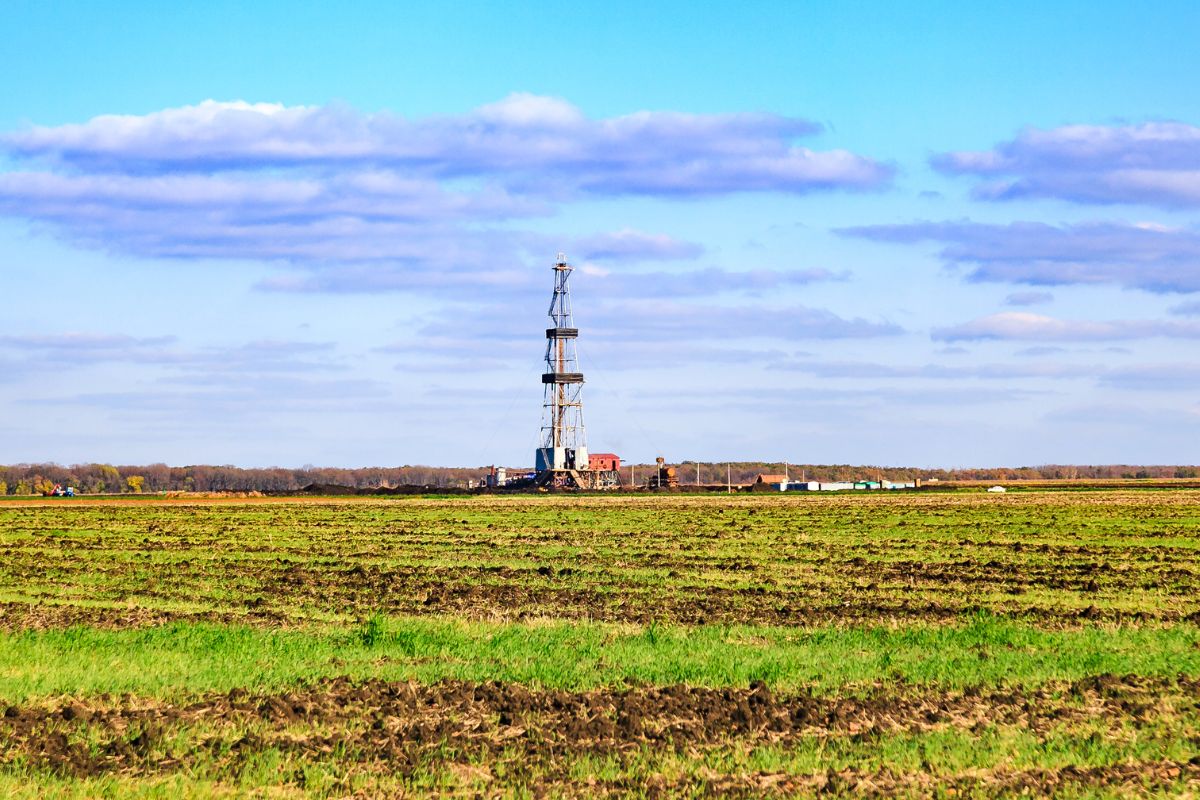
Some say that white H2 has the potential to be world changing, except that we know little about it.
Natural hydrogen, also known as white hydrogen, is a form of the gas that occurs naturally in the earth, but it is rarely considered to be an option as a source of clean energy.
The reason is that as common as H2 is, sources of it that can be extracted are few and far between.
At least, that’s how it is primarily understood. However, more recently, sources of natural hydrogen are being discovered in various parts of the world. The key will be in understanding if it can be feasibly extracted so that it can be shipped and stored for use as a clean energy source.
For instance, a village called Bourakébougou in the savannah of west Africa is an area being closely watched for its potential in this naturally occurring clean source of energy. Located 34 miles to the northwest of Bamako, the capital of Mali, this was the first place in the world where a source of white H2 was located. It was simply seeping out of the earth like methane or crude oil.
This is not a typical occurrence and is, in fact, so strange that most geologists wouldn’t have even considered it. However, a water well was unplugged near the village by a company called Hydroma Inc, out of Montreal, Canada, in 2011. The well had been cemented shut in 1987 when an explosion was caused by gas rising from it. As it turns out, the gas rising out of the water well was 98 percent H2. The gas has since become a source of electricity, being burned to power the village.
Natural hydrogen is the most common element but dissipates quickly and rises through Earth’s atmosphere.
White H2 is also highly reactive. In fact, it is combined with carbon in fossil fuels. Therefore, in its pure, gaseous form, it is considered to be quite rare, simply because it vanishes quickly once it hits the air. It is for this reason, among others, that scientists typically look to other sources when they’re attempting to obtain H2 as a fuel.
That said, as rare as natural hydrogen seems to be, it isn’t quite as rare as once believed. Now that scientists and geologists are paying close attention, sources of white H2 are being found in a rising number of places around the world.
Hydrogen Fuel News recently reported on sources of naturally occurring H2 having been discovered in abandoned mines in the Lorraine region of France. Other areas where discoveries have been made include New Zealand, New Caledonia, Canada, Oman, Russia, Germany, Australia and Japan.
The deposits found in France alone could provide the country with 3 million metric tons per year, according to a report on the location. That represents about a third of the total amount the European Union is seeking to produce by 2030.
Exploring for geologic H2
 An Australian company called Hyterra Ltd. has taken on an exploration project seeking natural hydrogen in the United States. That company believes that it will be able to produce white H2 for about $1 per kilogram. At such a price, it could become competitive with natural gas in the country.
An Australian company called Hyterra Ltd. has taken on an exploration project seeking natural hydrogen in the United States. That company believes that it will be able to produce white H2 for about $1 per kilogram. At such a price, it could become competitive with natural gas in the country.
According to a study conducted in 2020, global white H2 outflows could reach 23 million metric tons per year or more.
Transitioning to this type of clean energy could one day represent a powerful way to eliminate dependency on petroleum fuels. This decarbonization could represent an entirely different ground tapped fuel in the future, which won’t produce any carbon emissions when consumed by the end user.
Ready to test your knowledge on the most abundant element in the universe? Take our fun and engaging Hydrogen Quiz now!







